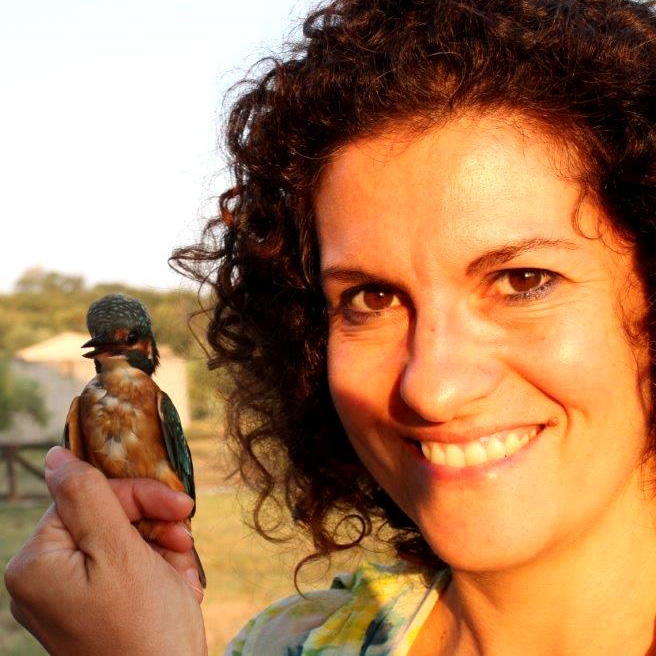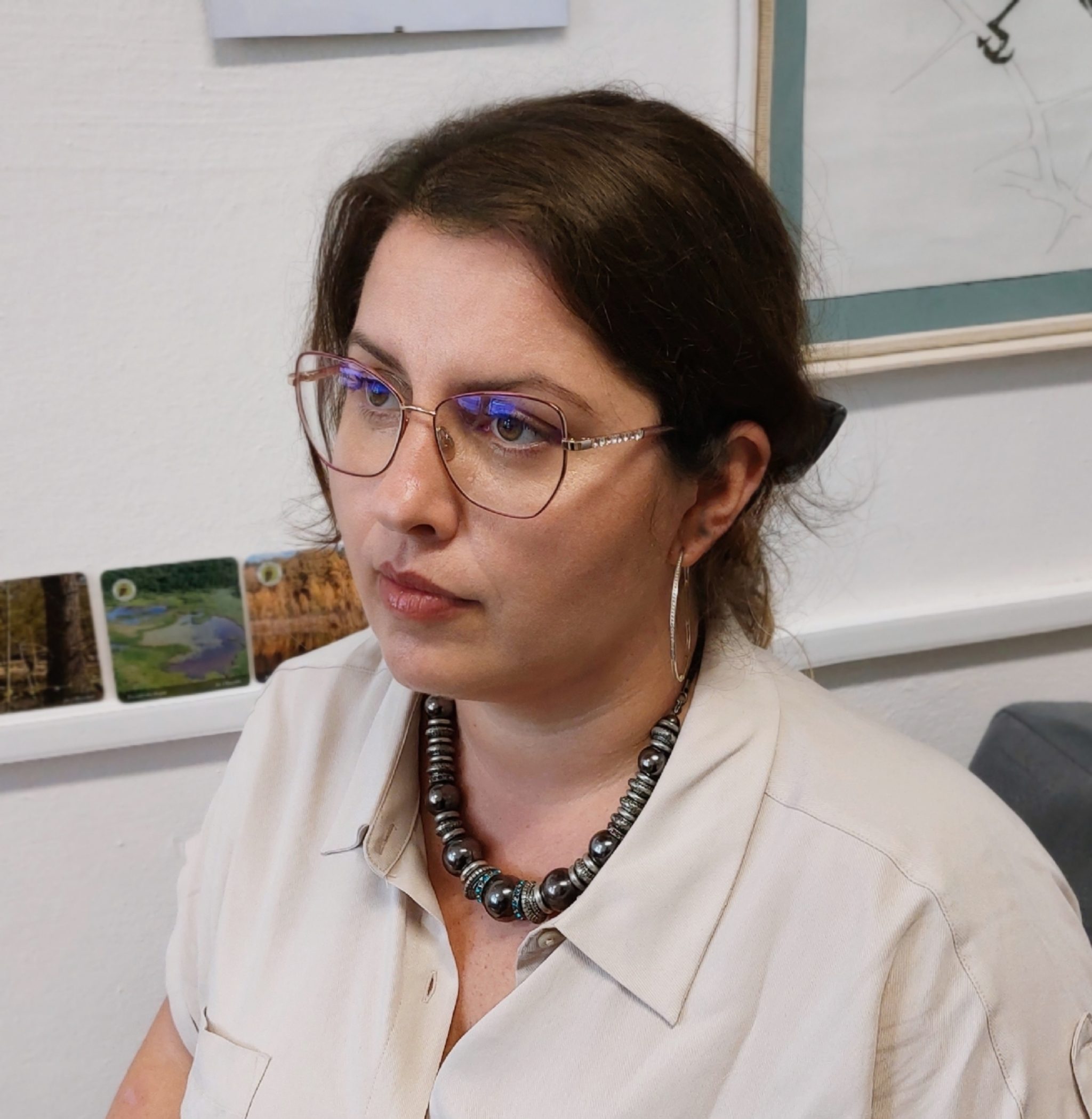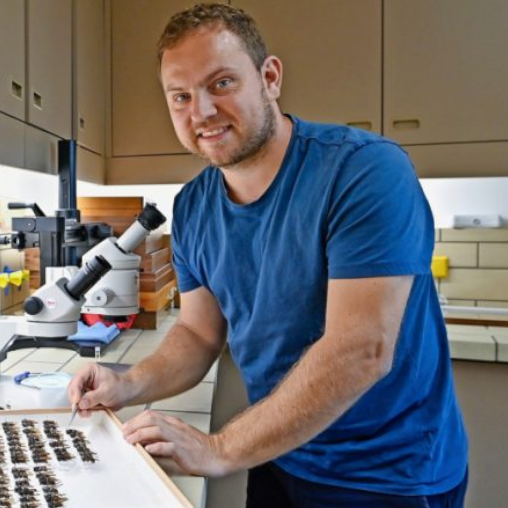Working Group 3
Tasks & activities
- Involvement of climate specialists to assess possible climate scenarios that enhance tick and tick-borne pathogen establishment;
- Documenting potential cases of tick (e.g. Hyalomma spp.) introductions via monitoring migrating bird populations;
- Documenting potential cases of tick (Rhipicephalus and Dermacentor spp.) introductions via monitoring moving dog, fox and golden jackal populations;
- Assessment of risk amplifiers for the geographic spread of ticks into and within (e.g. D. reticulatus) Europe
- Monitoring of risk factors (ticks, reservoirs, habitats etc.) for ticks and tick-borne pathogens influenced by climate change;
- Monitoring of risk factors for spread and establishment of ticks and tick-borne pathogens in new areas;
- Taking actions to predict (involving GIS experts), anticipate and reduce the risk of introduction and establishment of non-indigenous tick species and tick-borne pathogens;
- Taking actions in education and awareness of scientific, medical communities and the general public with the aim to reduce the risk of non-indigenous tick and tick-borne pathogen infections.



























